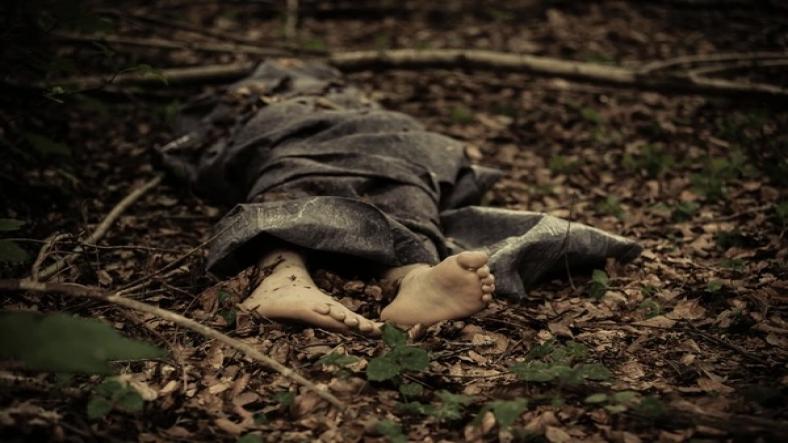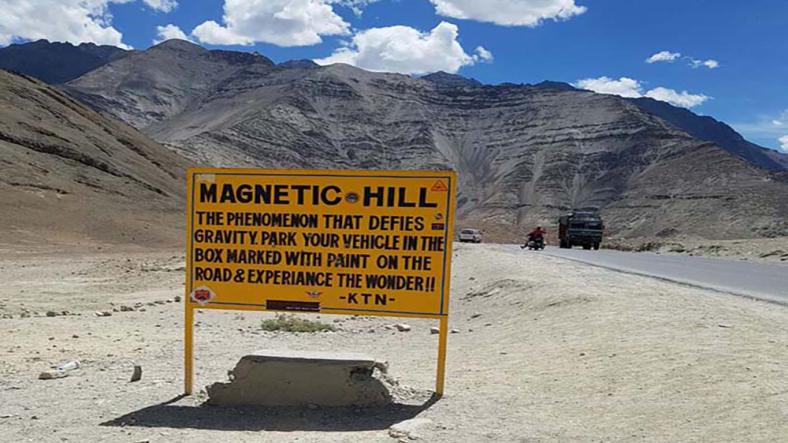The Ugrappa Committee Report, submitted on 24 March 2018, has gained renewed attention following the recent Dharmasthala mass burial investigation (2025). The committee was formed to examine the alarming number of unnatural deaths and missing women reported in Belthangady taluk of Dakshina Kannada, an area that includes and surrounds Dharmasthala.
Background of the Committee
The committee was chaired by V. S. Ugrappa, then a Congress MLC, and tasked with looking into incidents of unnatural deaths, sexual assaults, and missing cases across Karnataka, with a particular focus on coastal and Malnad regions. The panel began its work around 2015 and submitted its final report to the state government in 2018.
Key Findings Related to Dharmasthala & Belthangady
- The committee documented over 500 unnatural deaths reported in Belthangady taluk between 2010 and 2015, many of them involving women and young girls.
- It noted that official records often classified these as suicides without thorough investigation.
- Reports indicated more than 300 unnatural deaths per year in the region, raising suspicions of systemic negligence or possible suppression of facts.
- The report highlighted that the Dharmasthala and its surroundings appeared repeatedly in records of missing persons and unexplained deaths.
Recommendations Relevant to Dharmasthala Cases
The Ugrappa Committee made 135 recommendations in total, several of which directly apply to areas like Dharmasthala:
- Establish special courts in every district for speedy disposal of women and child-related cases.
- Confiscate property of convicted offenders and use it for victim compensation.
- Set up women and child-friendly police stations at the taluk level.
- Hold police officers accountable if they fail to register or investigate complaints properly.
- Mandate that missing-women cases be investigated and resolved within three months wherever possible.
Connection to Ongoing Dharmasthala Mass Burial Case (2025)
The Special Investigation Team (SIT), formed on 19 July 2025, is probing allegations of mass burials and coerced disposal of bodies in Dharmasthala. Recent discoveries of skeletal remains at Bangle Gudde have renewed focus on the Ugrappa Committee’s findings. The SIT is now expanding its probe to areas identified by the committee, treating past data on “unnatural deaths” as potential leads.
Why It Is Significant?
The report’s relevance lies in its early warning: Belthangady taluk has had a long-standing pattern of unexplained deaths, especially of women and minors. Many of these cases were never fully investigated. Linking the 2018 findings to the SIT’s present work suggests a continuity of concern—that systemic lapses may have enabled crimes to go unnoticed or unpunished for decades.
Government & Judiciary Limitations vs. Public Awareness
It remains uncertain whether the government or judiciary will reach the root cause of these unnatural deaths. The volume of unsolved cases, poor past investigations, and possible political or institutional pressures may continue to obstruct truth and accountability.
However, for public awareness and safety, communities in and around Belthangady should:
- Demand proper FIR registration and case follow-up when deaths are reported.
- Organize community monitoring groups to track missing-persons cases.
- Insist on post-mortem transparency and independent forensic review in suspicious deaths.
- Support local journalists, activists, and organizations documenting these issues.
- Educate families, especially women and youth, about safe reporting mechanisms and helplines.
The Ugrappa Committee Report of 2018 is not just a historical document—it is a roadmap highlighting gaps that still persist. The current SIT investigation into Dharmasthala mass burials provides an opportunity to revisit these concerns, but meaningful change will depend on consistent public vigilance and systemic accountability.
Thanks for reading the article, read out articles for more such articles.

















